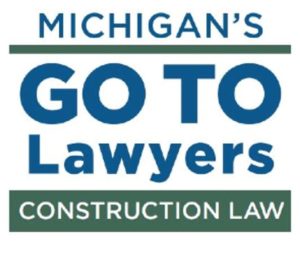Michigan Supreme Court Addresses Significance of Notice of Intent Service Date to the Tolling of the Statute of Limitations in Medical Malpractice Actions
On June 27, 2017, the Michigan Supreme Court released its opinion in Haksluoto v Mt. Clemens Regional Med Cntr addressing the significance of the date of service of a notice of intent (“NOI”) to the tolling of the statute of limitations in medical malpractice actions. The Court’s holding in Haksluoto effectively provides medical malpractice plaintiffs with an extra day to timely file suit in cases where the service of a NOI results in tolling of the statute of limitations.
The plaintiffs in Haksluoto served their NOI on the final day of the limitation period (December 26, 2013). The plaintiffs waited the statutory notice period of 182 days and filed their complaint on “day 183” (June 27, 2014). The defendants moved for summary disposition contending that the 182-day notice period did not commence until the day after the service of the NOI and that, as a result, the statute of limitations expired on December 26, 2013 before it could be tolled by the service of the NOI. The trial court denied the motion. The Court of Appeals granted the defendants’ application for leave to appeal and reversed the trial court’s order holding that a plaintiff who serves a NOI on the last day of the limitation period is “deadlocked” and “legally incapable” of filing a timely complaint in compliance with the notice period and statute of limitations.
The Supreme Court’s opinion presents a detailed analysis of the common law treatment of “fractional days” in the computation of time-periods. While acknowledging that disregarding fractions of a day in computing time periods has been a “general feature of the common law” for hundreds of years, the Supreme Court concluded that it needed to decide whether to “round up” or “round down” the fractional NOI service date to decide the issue presented. In deciding how to “round” the fractional NOI service date, the Supreme Court opined that “fractional days must be rounded off in a way that accords with common understanding and is consistent with prevailing social customs, practices, and expectations.” After concluding that it was inconsistent with “common understanding” for a plaintiff’s claim to be time barred before the period of limitation expires, the Court held that “a timely NOI preserves the day the NOI is filed as a day to be used once the limitations period begins running after the notice period ends.” In reviewing the practical impact of its holding, the Court explained that the statute limitations “will run for the number of whole days remaining in the limitations period when the NOI was filed, plus one day to reflect the fractional day remaining when the NOI itself was filed.”
The Haksluoto opinion effectively provides plaintiffs asserting medical malpractice claims an extra day to timely file a complaint if the plaintiff serves a NOI that results in tolling of the underlying period of limitation (i.e. if the NOI is served with less than 182 days remaining in the limitation period). In the vast majority of cases the extra day will not be significant to the timeliness of a plaintiff’s complaint. However, in cases where the NOI service date is at or near the end of the limitation period, it will be important for attorneys to consider the extra day provided by the Haksluoto holding in calculating the expiration of the statute of limitations.
More Publications



